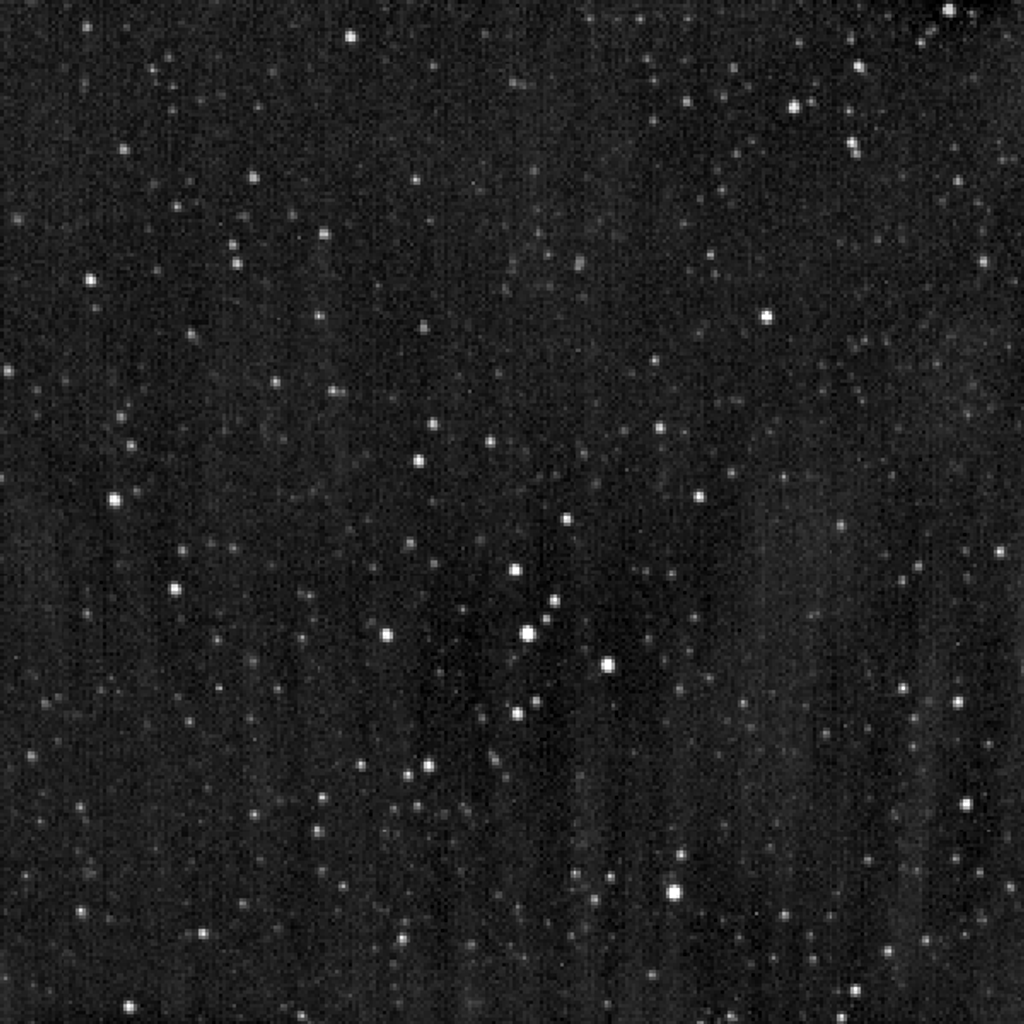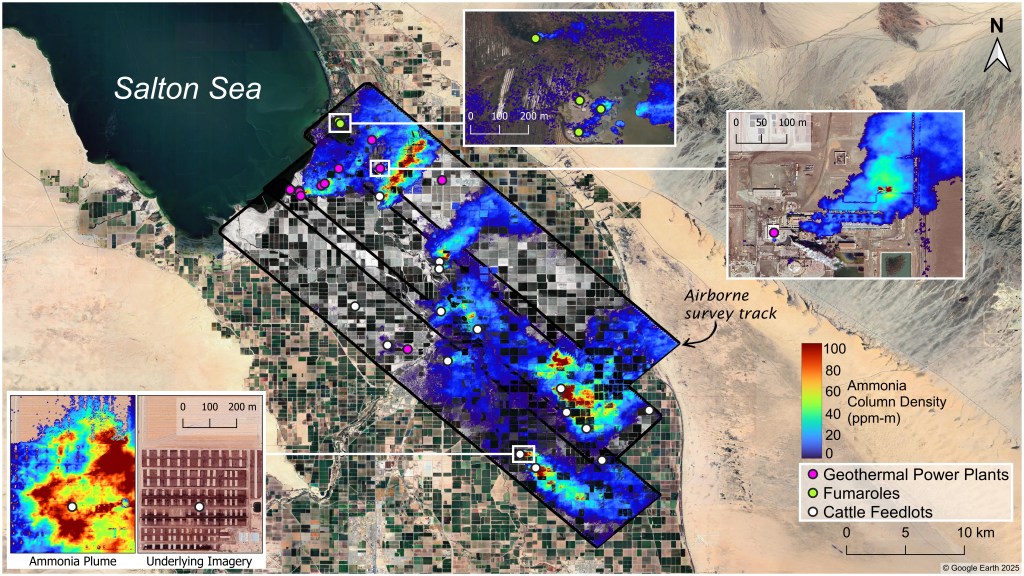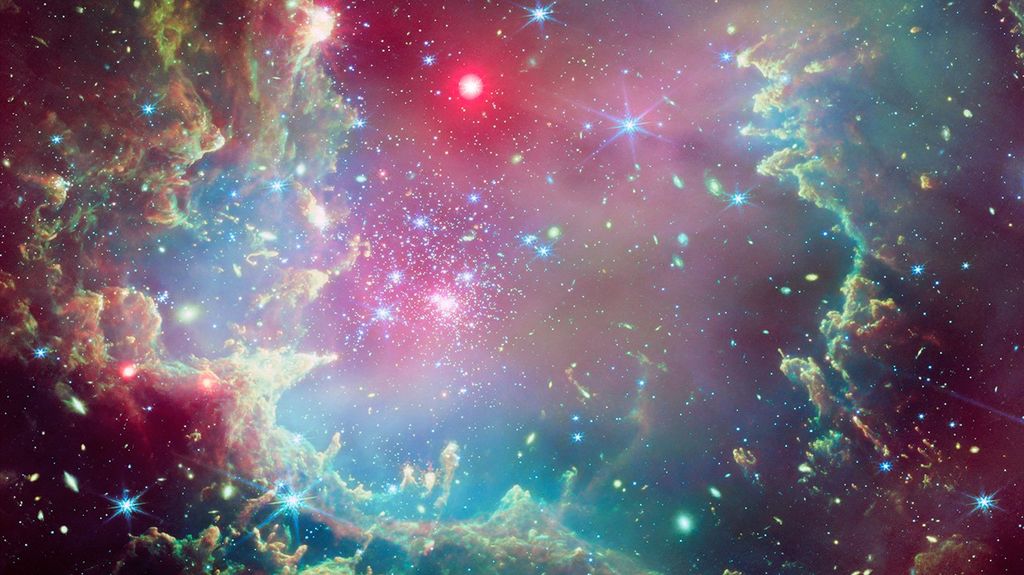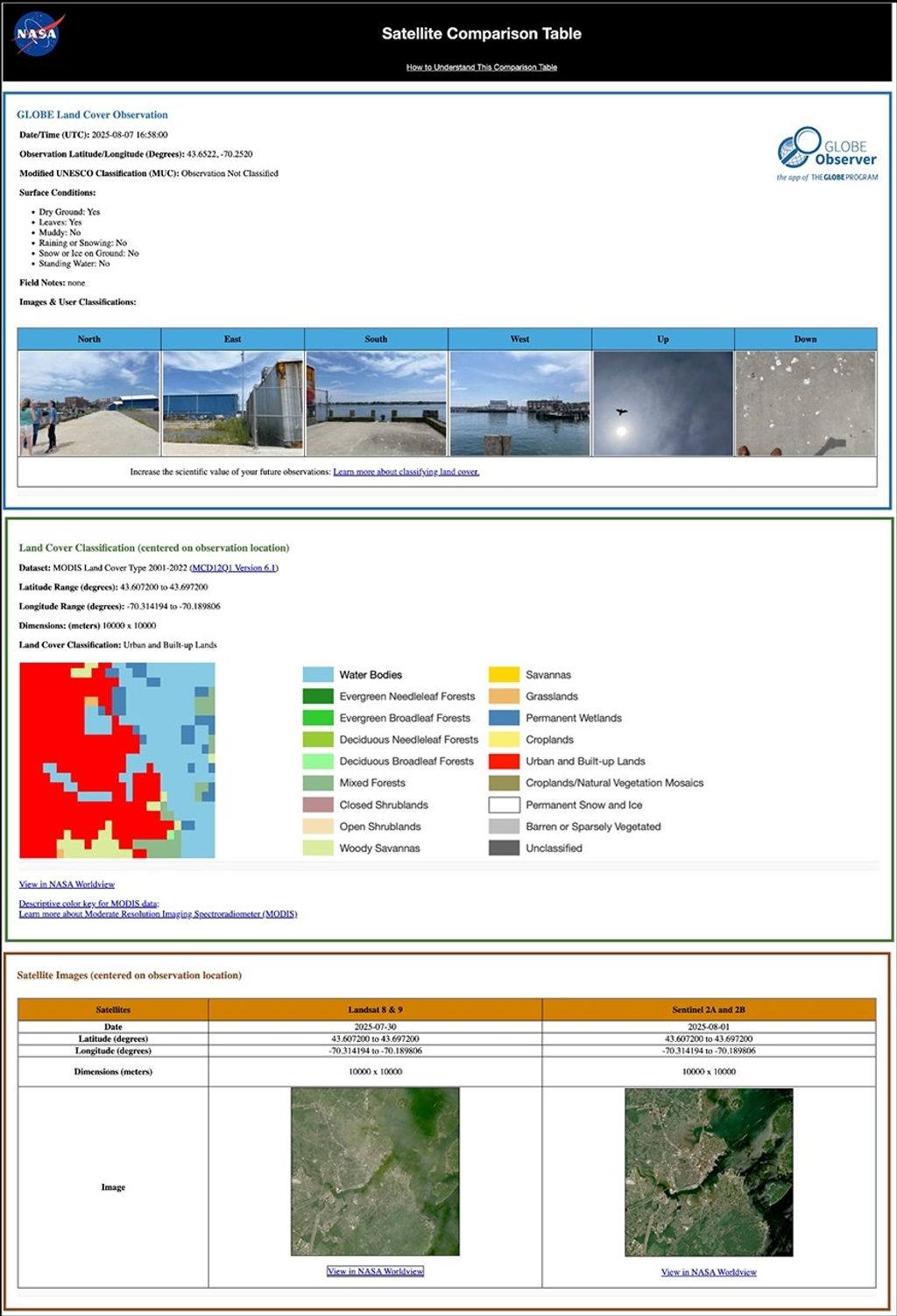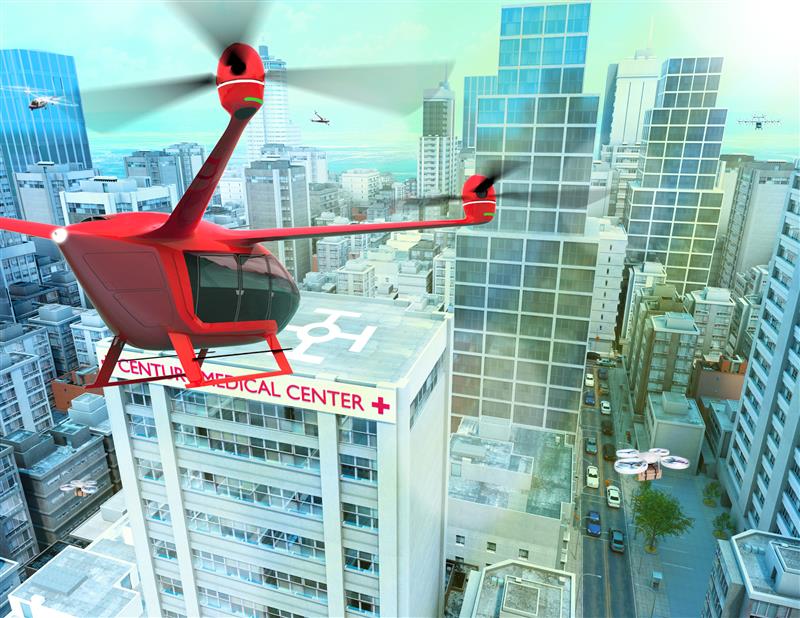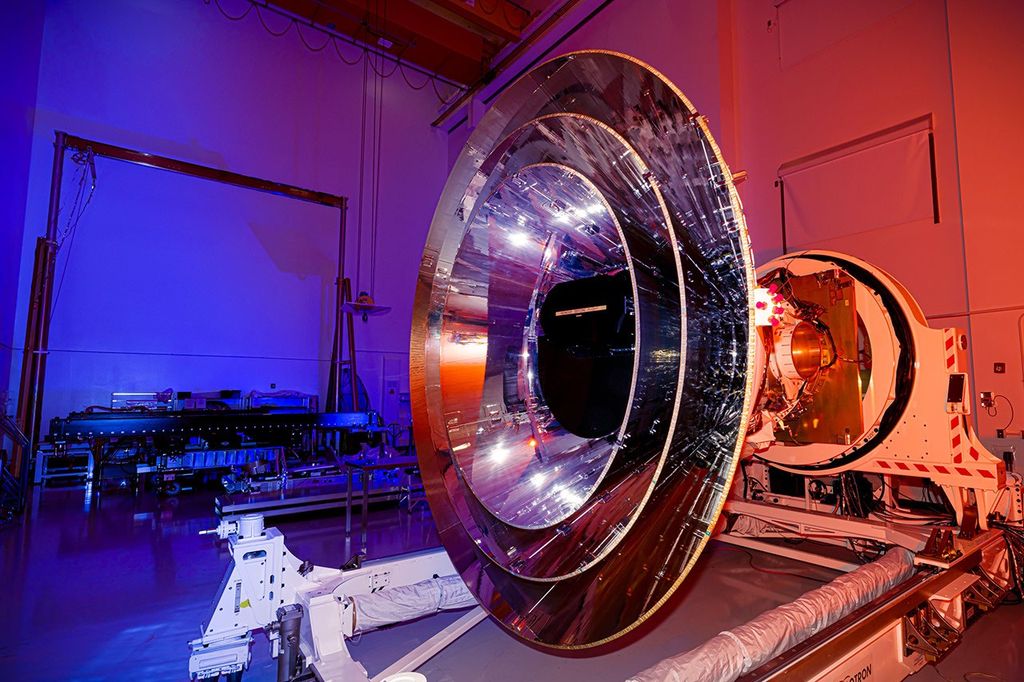CLEVELAND –In the continuing quest to explore physical sciences on Earth while among the stars, the unmanned Automated Transfer Vehicle, “Albert Einstein,” delivered the most recent shipment of space hardware developed at NASA’s Glenn Research Center in Cleveland to the International Space Station, Saturday, June 15.
“Albert Einstein,” named in honor of the famed theoretical physicist, began its journey to space atop the European Space Agency’s Ariane 5 rocket, which launched from Kourou, French Guiana, Wednesday, June 5.
“The most recent Glenn hardware launched is designed to support the next several months of microgravity research being conducted by the Expedition 36/37 space station crew members,” said Fred Kohl, Glenn’s International Space Station Physical Sciences Research project manager.
Of the seven Glenn space hardware items delivered, one will support the Flame Extinguishment Experiment – Italian Combustion Experiment for Green Air (FLEX-ICE-GA). This investigation is a partnership between the U.S. and scientists from the Italian National Research Council – Istituto Motori.
The hardware, consisting of two fuel reservoirs containing surrogate biofuels and two fuel ejection needles will be used by the European Space Agency’s Italian astronaut, Luca Parmitano, to conduct, observe and characterize evaporation and burning of renewable fuel droplets in high-pressure conditions in the ongoing quest to further alternative fuels research. The investigation is scheduled to begin in July 2013.
“Surrogate biofuels are comprised of components that are well known and characterized. They are simple fuels that have been built-up to mimic biofuel counterparts found on Earth,” said Mark Hickman, Glenn project manager for Combustion Integrated Rack (CIR) experiments. “By knowing the Earth-bound characteristics of these surrogate biofuels, we can safely study them in the microgravity environment because we know how they will behave.”
The CIR is the facility where all combustion research on the space station takes place. The results derived from Parmitano’s efforts in this facility can be used to develop and validate computer models of renewable liquid fuels for combustion simulation in engines. Such computer modeling reduces costs to industry and benefits the general public by accelerating the adoption of renewable fuels that are environmentally friendly. These results will also support advanced combustion engine development by industry.
The arrival of Einstein to the space station also brought with it some unique hardware that will augment the capabilities of the Space Acceleration Measurement System, also known as SAMS. SAMS is a diagnostic measurement tool that characterizes the vibrational nature of the microgravity environment aboard the space station. Previous versions of the hardware supported some of the earliest microgravity science missions on the space shuttle.
Einstein’s manifest included a Glenn-produced Triaxial Sensor Head-Ethernet Standalone, which will be mounted in the Microgravity Science Glovebox to support investigators with continuous coverage of the local vibratory environment in that much-used facility. The sensor is used to accurately measure the microgravity levels experienced by the glovebox and the specific glovebox hardware being investigated inside.
In addition to the glovebox sensor, a 32 foot sensor cable was shipped, which will give researchers added flexibility and capability to access sensor locations previously unreachable with the current compliment of space station sensor cables. This provides researchers working with SAMS added capability in providing ad hoc microgravity environment measurement when future SAMS support from Earth is required. SAMS, which currently has sensors mounted in all three of the space station’s microgravity laboratories, has been in operation since 2001.
For information about other investigations being conducted on the space station, visit:
https://www.nasa.gov/mission_pages/station/research/experiments_category.html
For information about NASA’s Glenn Research Center, visit:
-end-
Frank Jennings, Jr.
Media Relations Office
216-433-2776
francis.t.jennings@nasa.gov






